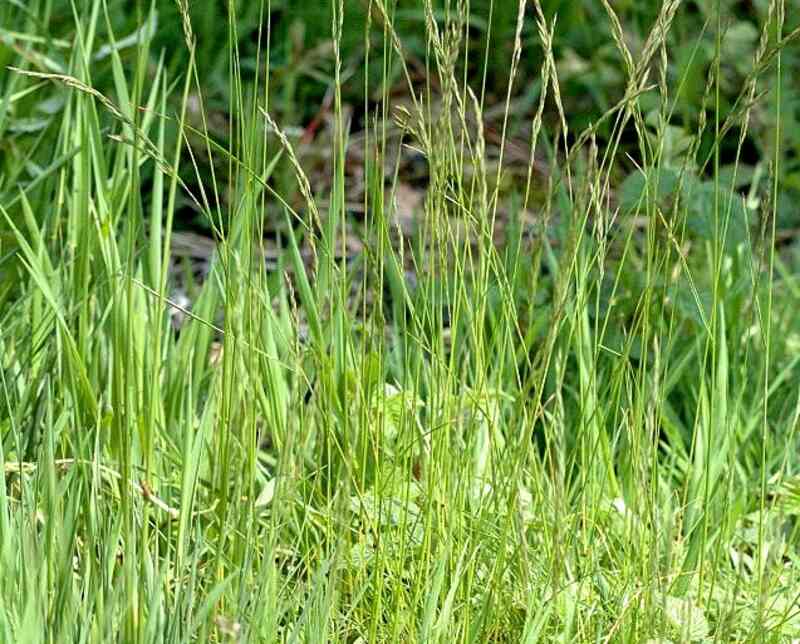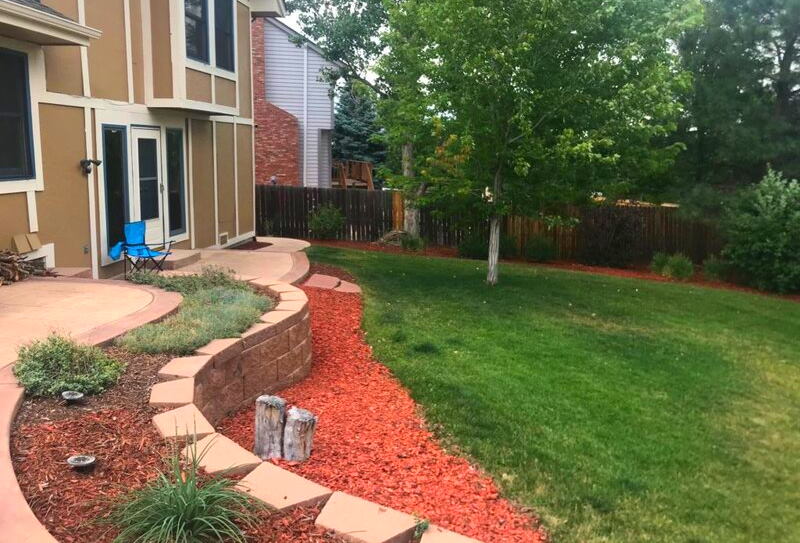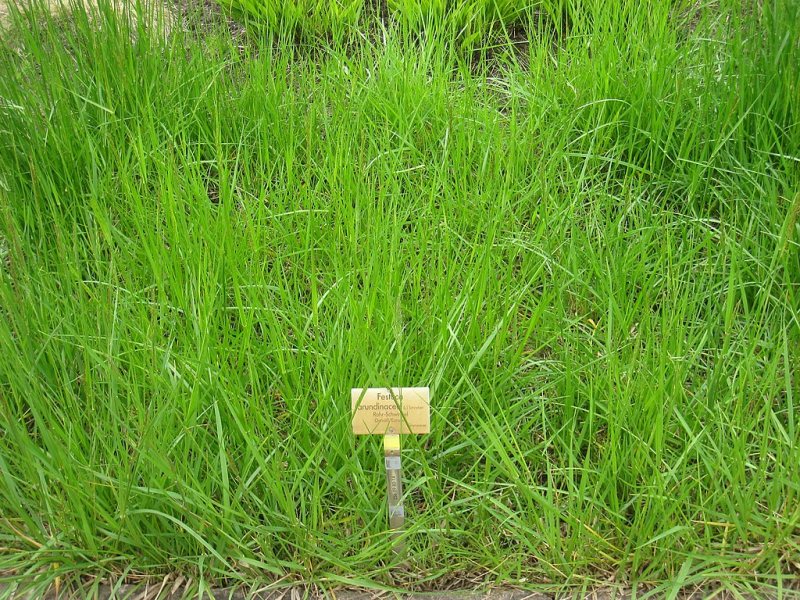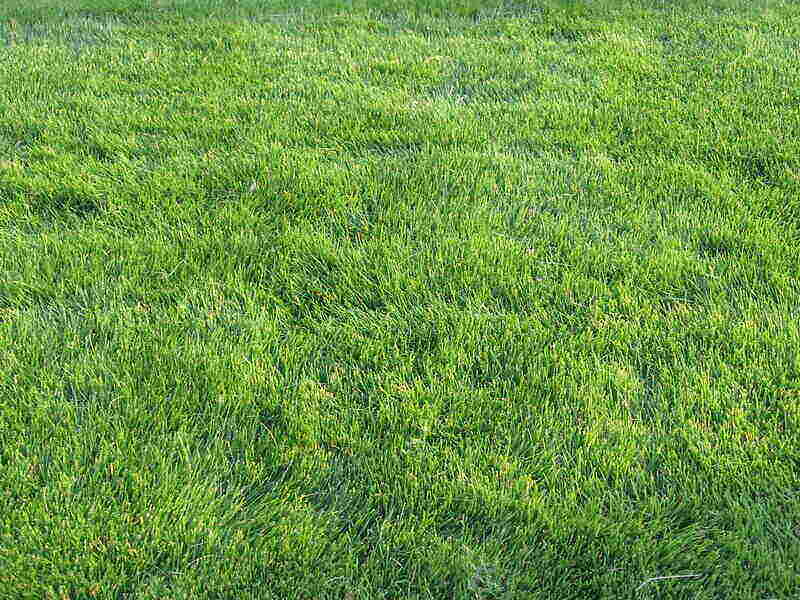Best Grass Seed for a Beautiful New Jersey Lawn
BY STUART KUSHNER | MAY 15TH, 2023 | LAWN CARE, NEW JERSEYWhen you live in the Garden State, you want a lawn worthy of the title. Achieving a beautiful lawn starts with choosing a grass type that thrives in New Jersey’s temperate climate and also suits your personal preferences.
Not every grass is ideal for your lifestyle, after all. Whether you’re looking for something that tolerates the high foot traffic of Sunday afternoon flag-football games or one that doesn’t require frequent mowing, there is a grass that suits your needs.
In this article:
How Climate Affects Your Grass Choice
Turfgrasses are classified as either cool-season or warm-season grasses, and it’s essential to understand the difference between them and ensure you’re planting the right type for your climate.
In the Northern United States, most lawns are cool-season grasses that are adapted to colder temperatures. They start growing when temperatures are just above freezing (40 to 42°F) in early to mid-spring and stay green well into October or November, when they go dormant to survive being buried under snow.
Cool-season grasses grow best in the spring and late fall when soil and air temperatures are 65 to 75°F. Since they have adapted to survive below-zero climates, they aren’t as adapted to hot summers. They do well when temperatures are milder in July and August but need more water when it’s hot to stay green.
Common cool-season grasses:
- Annual ryegrass (Lolium multiflorum)
- Creeping bentgrass (Agrostis palustris)
- Creeping red fescue (Festuca rubra var. rubra)
- Kentucky bluegrass (Poa pratensis)
- Perennial ryegrass (Lolium perenne)
- Tall fescue (Festuca arundinacea)
New Jersey’s climate is characterized by cold winters and warm, humid summers. Because of this, cool-season grasses thrive in New Jersey’s climate.
With that background, here are the best grasses for New Jersey.
Best Grasses
Fine Fescue

Photo Credit: James Lindsey at Ecology of Commanster / Wikimedia Commons / CC BY-SA 2.5
Fine fescue stands out for its ability to handle shade and dry soil. It comes in many varieties, such as creeping red, hard, and sheep. It’s also popular in turfgrass mixes.
Fans love the soft, fine texture of the narrow leaves on Chewings fescue, hard fescue, sheep fescue, slender creeping red fescue, and strong creeping red fescue. Fine fescues also have excellent shade tolerance, hold up to moderate foot traffic, and tolerate low soil fertility. In short, they are pretty durable.
Classification: Cool-season grass
Spreads by: Bunch-type grass (except creeping red fescue, which may produce rhizomes)
Shade tolerance: High
Drought tolerance: High
Foot traffic tolerance: Low
Maintenance needs: Low
Mowing height: 2.5 to 4 inches
Potential for disease: Moderate
Kentucky Bluegrass

Photo Credit: Brenda Ryan / Wikilawn
Kentucky bluegrass is popular here due to its beauty and versatility. It adapts to many different soils and forms a thick green turf that self-repairs when damaged.
Kentucky bluegrass tolerates partial shade, but it does best in full sun. The seed is slower to germinate and establish than some other grasses, but because it spreads by underground stems known as rhizomes, it holds up well and recovers quickly from foot traffic. Bare spots from kids or pets also fill in quickly.
You’ll usually find Kentucky bluegrass in a seed mix with fine fescues and perennial ryegrass. Kentucky bluegrass is susceptible to diseases, pests, and thatch, so mixing it with other grasses lessens the damage.
Classification: Cool-season grass
Spreads by: Rhizomes
Shade tolerance: Low
Drought tolerance: Low; may go brown (dormant) during the summer without supplemental watering, but its rhizomes allow it to green up quickly once it rains and cooler temperatures return.
Foot traffic tolerance: Moderate
Maintenance needs: Moderate to high
Mowing height: 2 to 3 inches
Potential for disease: Moderate to high
Perennial Ryegrass

Photo Credit: Dr Mary Gillham Archive Project / Flickr / CC BY 2.0
Perennial ryegrass germinates quickly and acts as a nurse grass (a grass that protects other grasses) for slower-growing grasses. While it grows, perennial ryegrass covers the soil and prevents erosion.
Because they can withstand cold temperatures, perennial ryegrass is grown for pasture and home lawns. It withstands foot traffic well, but is prone to diseases.
Classification: Cool-season grass
Spreads by: Bunch-type grass
Shade tolerance: Moderate
Drought tolerance: Low to moderate
Foot traffic tolerance: High
Maintenance needs: Mow and water frequently; fertilize every 4 to 6 weeks
Mowing height: 2.5 to 3.5 inches
Potential for disease: High
Tall Fescue

Photo Credit: Daderot / Wikimedia Commons / Public domain
Tall Fescue is a good choice for school grounds, sports fields, and parks in New Jersey. It’s commonly mixed with Kentucky bluegrass to allow the turf to spread sideways. Additionally, if you want a low maintenance lawn, tall fescue is what you want.
Tall fescue grows quickly, tolerates heat and drought, and grows quickly from seeds. It’s also immune to diseases that infect other turfgrasses.
Classification: Cool-season grass
Spreads by: Bunch-type grass
Shade tolerance: Moderate
Drought tolerance: Low to moderate
Foot traffic tolerance: Moderate
Maintenance needs: Mow often, fertilize appropriately
Mowing height: 2-4 inches; higher is better (allows for deeper roots)
Potential for disease: Moderate
Zoysiagrass

Photo Credit: Russbach at the English Wikipedia / Wikimedia Commons / CC BY-SA 3.0
Zoysiagrass is the most common warm-season grass in New Jersey. It grows well during the hot summer months and grows thickly, making weeds less of a problem. It also doesn’t need as much water compared to cool-season turfgrasses.
However, avoid Zoysiagrass if you have a shady lawn, as it doesn’t like shade. Additionally, because it grows thickly, you’ll need to mow it regularly in summer.
Classification: Warm-season grass
Spreads by: Stolons and rhizomes
Shade tolerance: Moderate
Drought tolerance: Moderate to high
Foot traffic tolerance: High
Maintenance needs: Mow about once a week
Mowing Height: 1 to 2 inches
Potential for disease: Low to moderate
FAQs
All grasses require some maintenance, but fine fescue and Zoysiagrass need the least.
Fine fescue tolerates shade the best, but perennial ryegrass, tall fescue, and Zoysiagrass handle shade decently.
Zoysiagrass and fine fescue handle sunlight the best.
Zoysiagrass and perennial ryegrass are the best choices if you have many feet running around the yard.
Kick Some Grass
Whether you want to enhance your lawn or need help picking the right grass seed, contact Wikilawn’s lawn care pros. They don’t mind getting their hands dirty.
Main Photo Credit: Wood Lawn in New Brunswick / Zeete / Wikimedia Commons / CC BY-SA 4.0